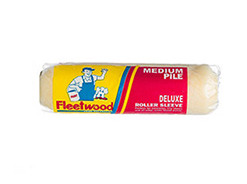 S2K Commerce - Products Dropdown
S2K Commerce - Products Dropdown
 Web Content Viewer
Web Content Viewer

Colour Psychology: Choosing Home Colour Schemes
A colour scheme brings cohesiveness to your home's appearance. But how do you go about choosing one that reflects your personality and tastes? It's not as simple as choosing your favourite colours and then starting to paint.
Creating the perfect colour scheme takes time and research. This project will help you learn some of the tricks interior designers use to create appealing colour combinations that make rooms pop.
Step 1: Study the Psychology of Colour
Decorators know the way we perceive colour is very personal and emotionally charged. Colours can make us feel calm or energized, happy or sad, edgy, or relaxed. They can affect the mood of a room as well, making it seem open and airy or small and cozy. The important part of choosing home colour schemes is finding the colours and shades that are right for you and your family. Keep in mind that soft and earth-tone shades are beautiful neutrals of a more intense primary colour. Here’s a quick guide of which moods different colours represent:
White
White represents cleanliness and youth. It creates a cool and refreshing feeling. A warmer shade of white can help make a room feel cozier, while cooler whites tend to achieve a more formal feeling.
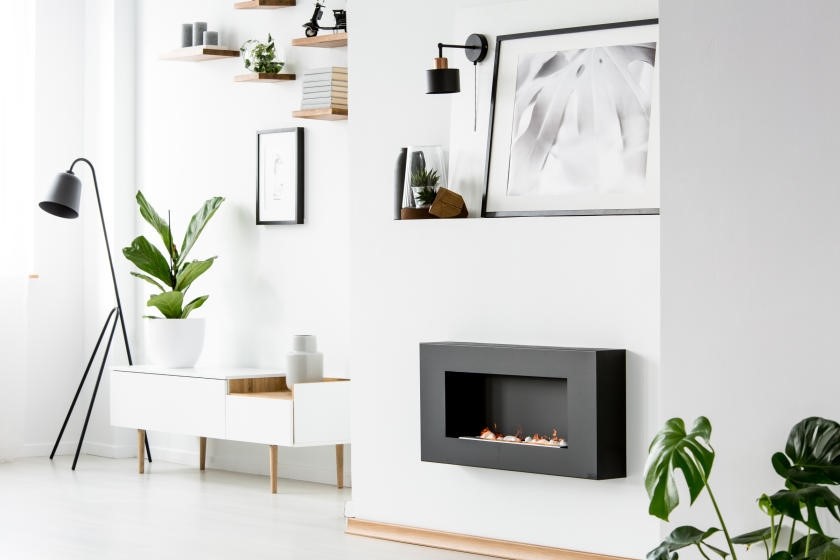
Black
Black represents elegance, mystery, and power. Those who like black are ambitious and sophisticated. Remember though, too much can be depressing.
HELPFUL TIP
Consider using black as an accent colour to add drama to your room.
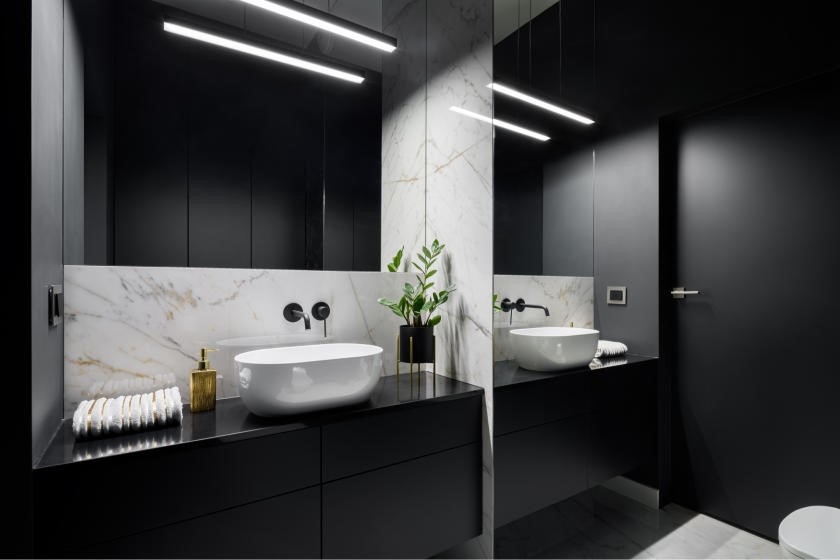
Red
Red is among the most psychologically stimulating of colours. It is the colour of confidence and creates excitement and energy. It brings to mind passion, energy and courage.
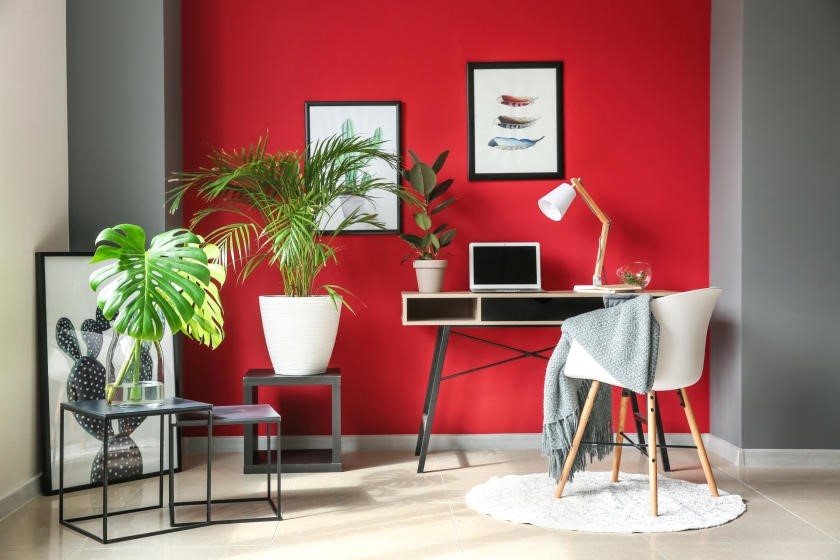
Brown
Brown represents earth, security, and contentment. It gives a sense of simplicity and comfort.
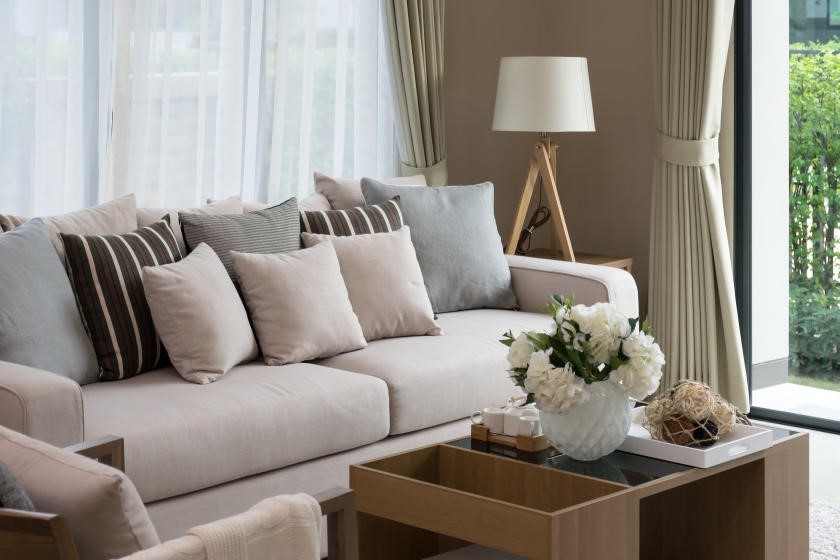
Orange
Orange is considered wholesome and fruitful. It symbolizes balance, warmth, enthusiasm, vibrancy, and demands attention. Orange stimulates the appetite and can add spice to a dining area.
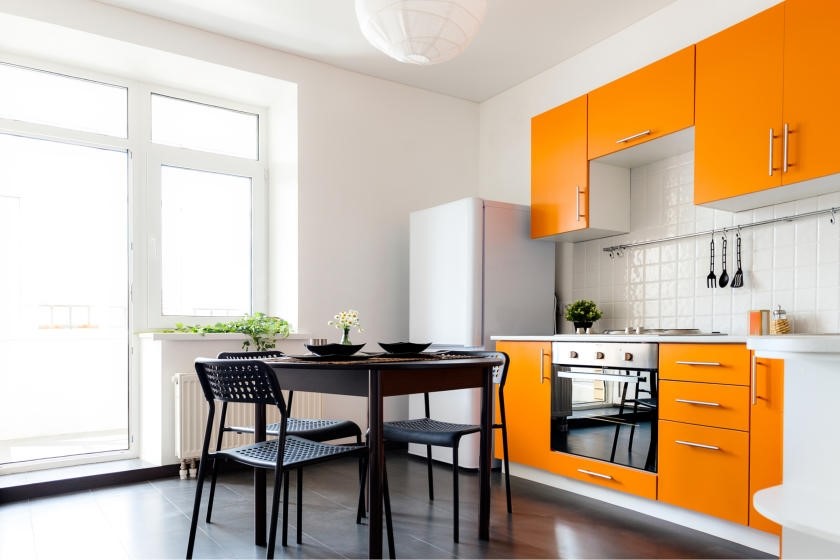
Yellow
Yellow represents happiness, optimism, inspiration, and summer. Pale yellow brings a sunny feel to a space without being overwhelming.
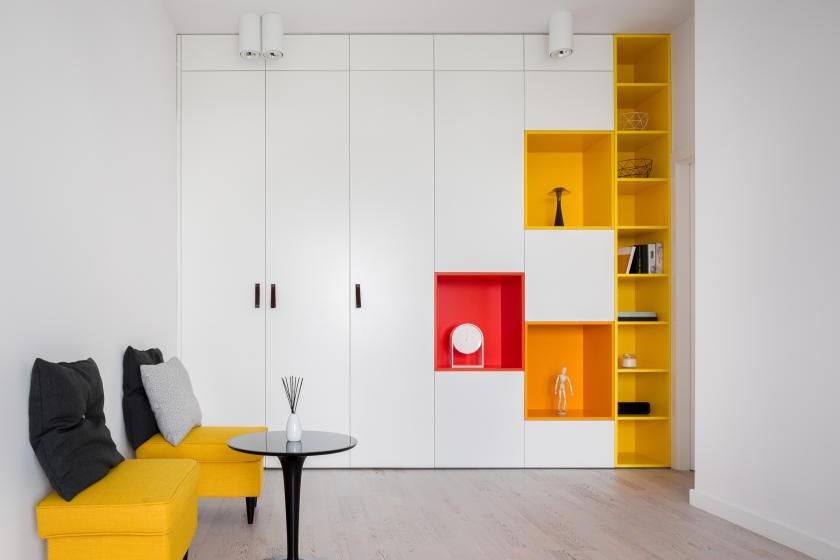
Green
Green is the colour of nature — calm and relaxing. It's often described as the colour of joy, harmony, life, energy, the environment, and money. Those who like green are said to believe in balance, stability, and persistence.
HELPFUL TIP
Bring energy to a room by painting it a shade of lime green.
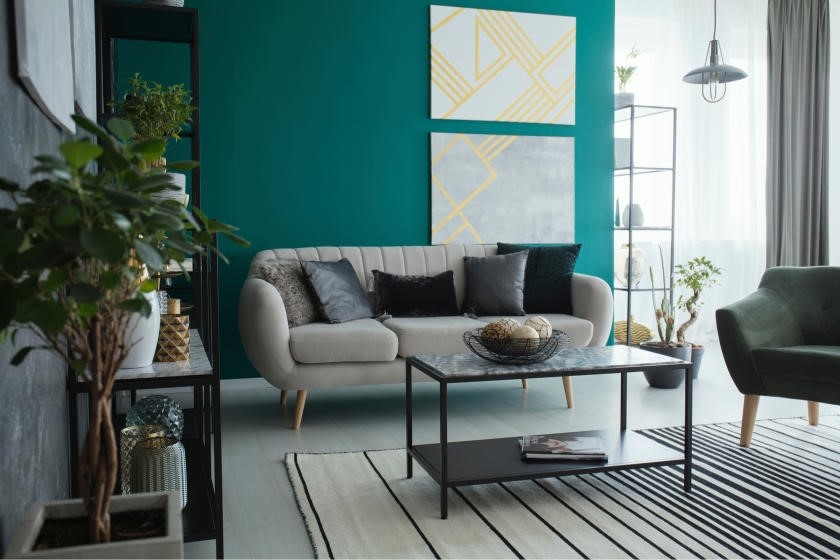
Blue
Blue is calming and cool. It's the most popular colour because it symbolizes the sky and heaven. Because of its calming power, blue works well in a bedroom.
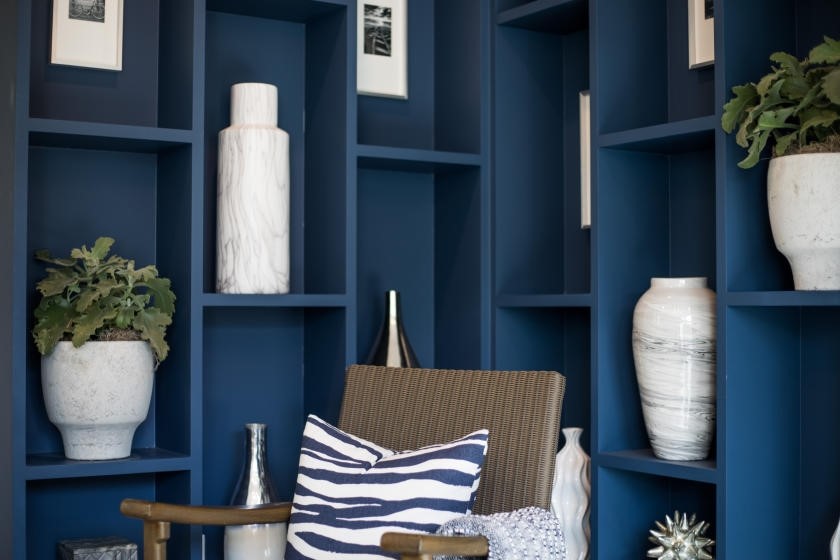
Purple
Purple stimulates imagination. It's the colour of royalty, luxury, and wealth. Those who like purple tend to be creative, wise, and romantic.
HELPFUL TIP
Try painting walls a calming shade of lilac for a sense of relaxation and serenity.
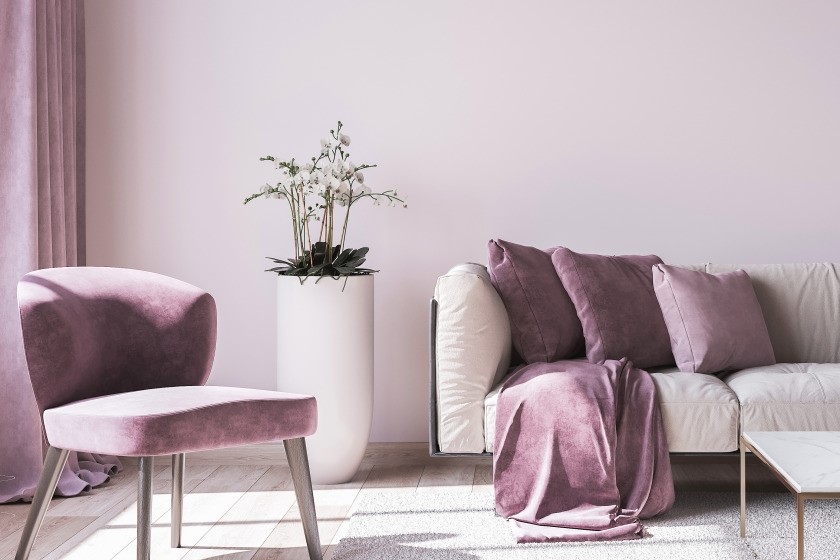
Pink
Pink is part of the red colour family, but much more delicate. Those who like pink are perceived to be feminine, romantic, innocent, and tender hearted. Compared to red, pink is a more tranquilizing colour, which can work well in a bedroom.
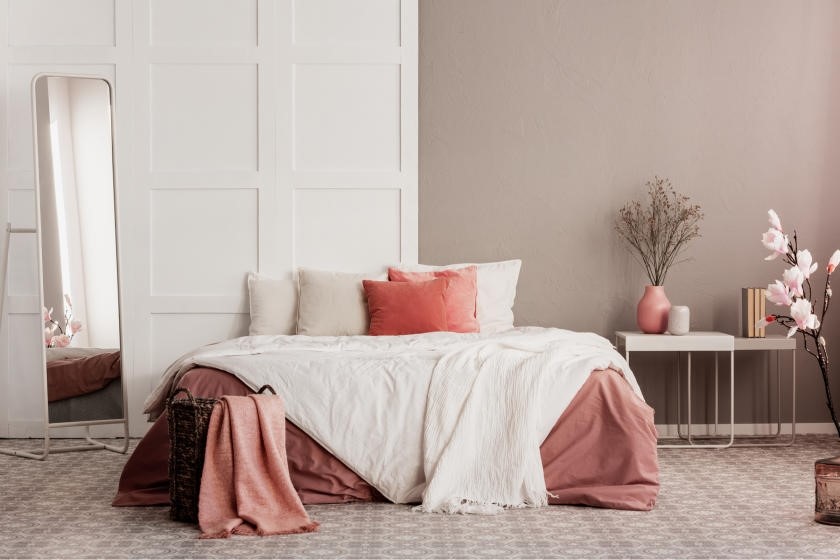
Gray
Gray is a classic. Those who gravitate to it grey are intelligent and disciplined. It's elegant and works well with most colours. Warm grey paired with other warm colours create a lively and inviting space.
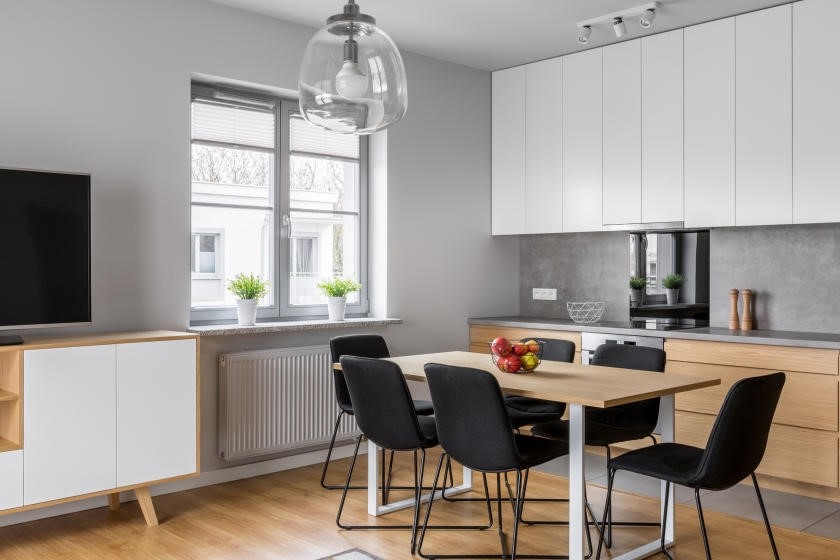
Silver
Silver represents money, prosperity, and wealth. Accenting rooms with the colour silver can create a feeling of ornate richness.
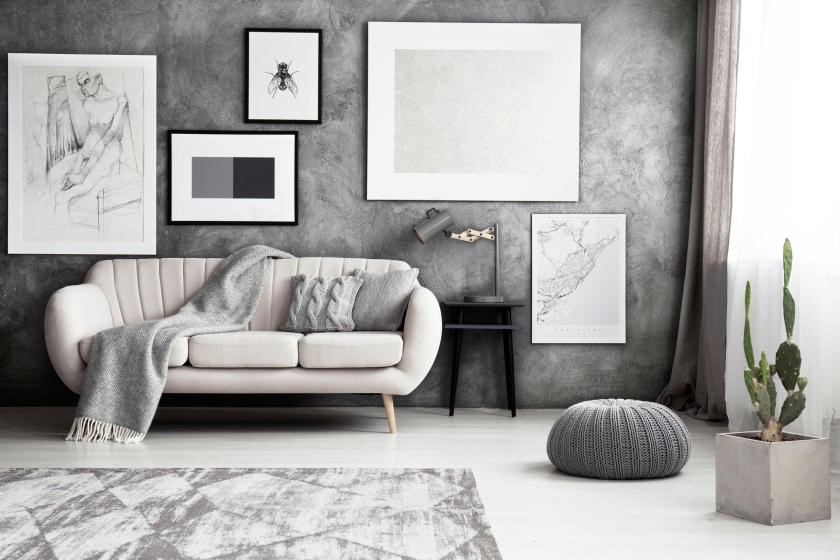
Step 2: Explore Design Ideas
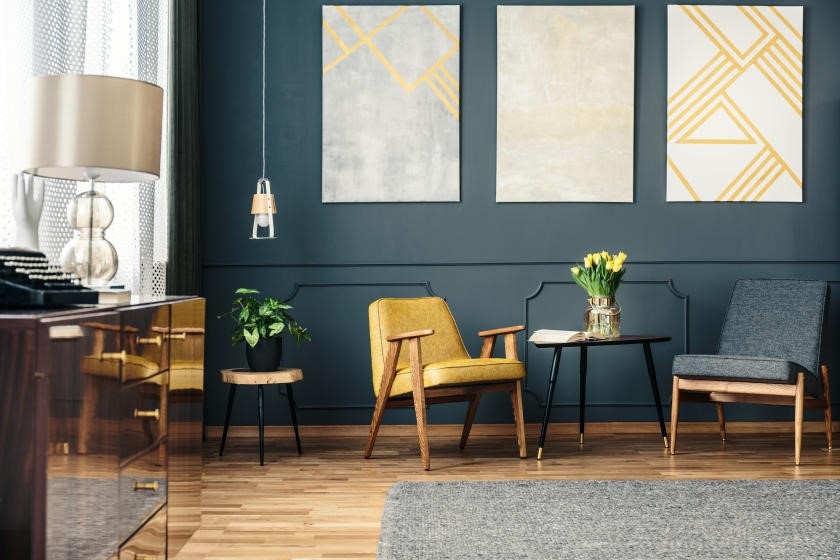
One way to help you choose the perfect home colour schemes is to peruse design/decorating magazines and books for ideas. Your closet is another great place to start. What colours fill your wardrobe? Do you see mostly brighter shades or quieter shades? Which colours stand out? See what works from these examples and choose colours you like. If you’re not sure what colour to start with, look at what is already in each room. A picture, rug, bedspread, window treatments or the fabric on a favouritechair may provide a colour pattern and inspiration from which to start. Use these colours to determine the colour palette from which you will work. The colour schemes of your home should complement what’s already in your home if you are not planning to purchase new furniture and fabrics.
When thinking about your home colour schemes, your palette should consist of three colours: a light, medium and dark colour. These three colours will form the foundation of your project. Lighter colours should be used as a background. If a colour seems too vivid, you can blend in a touch of grey or white. The floor colour should be a bit darker than the walls and ceiling. This helps ground the room.
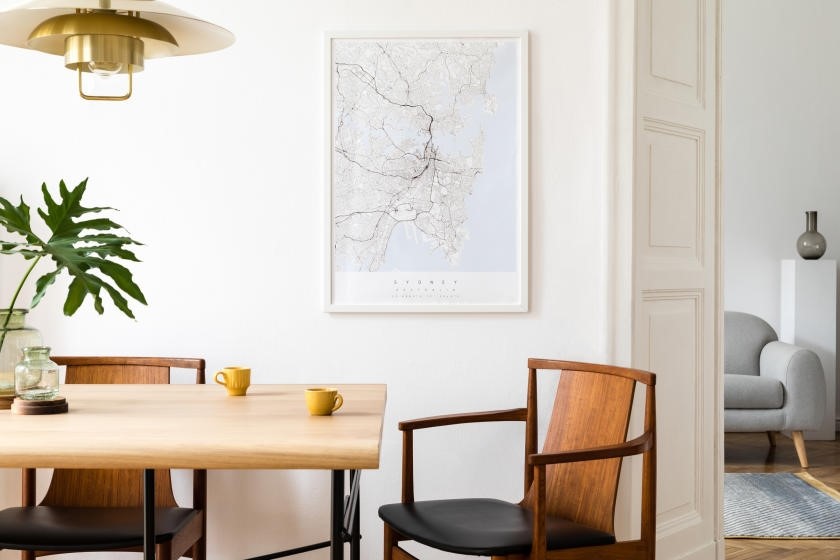
You can use each colour more than once for a coherent feeling. Window coverings and large furniture pieces should have the medium tone from your colour palette, especially if it has a tinge of the wall colour mixed into it. Darker colours should be used as accents (e.g., accessories and small furniture pieces). Use these to punch up the design and distribute them evenly throughout the room. Be sure to take any existing pieces that will remain in the room as well as the various wood finishes present into consideration when planning.
HELPFUL TIPS
The feeling of a room can be created by using different combinations of colour. By rotating the three colours, you can place greater emphasis on the background or furniture. Typically, your eye will gravitate towards the darker, deeper colours such as burgundy, red, or royal blue.
To be sure you're using the right colour for your tastes, always check how the colours you choose look in both natural and incandescent light during the day and at night.
Keep colours in adjoining rooms compatible. They don't have to be the same but should not clash.
Always keep in mind the things you cannot change, such as a fireplace or other feature in your home and adjust your colour scheme to mesh with it.
Your local Rapid True Value hardware store's Certified Colour Experts can answer questions you have about both exterior and interior paint colour combinations and point you in the right direction, based on your preferences. So, bring in ideas and pictures of interiors and exteriors you like. While you're there, you can pick up a Custom Mixed Colour Sample to try a few colours on your walls at home. The sample allows you to paint a small space and then live with different options for a few days before making a final decision. You can also pick up Idea Cards that have pre-determined palettes ready for you and/or Trend Cards for the latest colours or Stripe Cards that show shades of the same colour.
Step 3: Choose a Home Colour Scheme
There are three basic home colour schemes. Each has its own appeal, but it's up to you to decide what you do with your rooms. Let your personality and tastes dictate the scheme you use.
Monochromatic
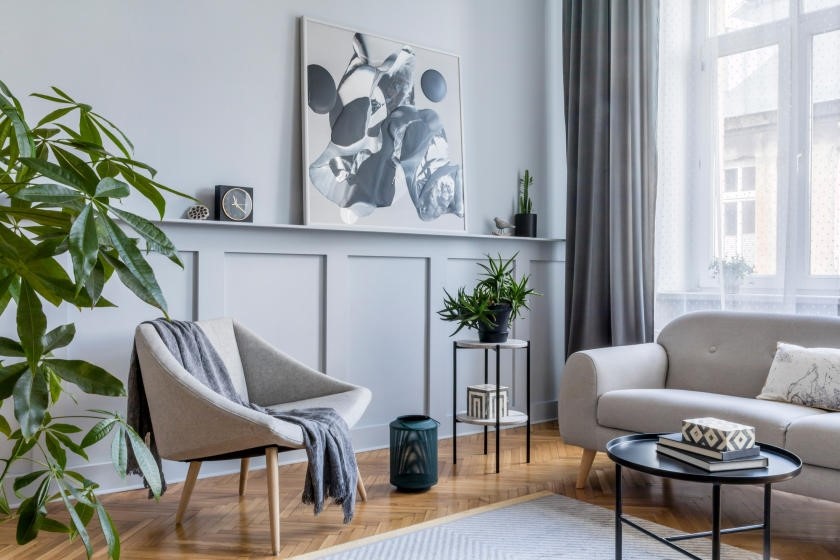
Monochromatic colour schemes use tints and shades of the same colour to create a sophisticated and elegant look. Colours from the same colour family tend to look great together.
For a calm, quiet room, select a neutral colour like brown or grey and apply different shades or values of that colour to various elements of the room. This approach is popular because it allows you to vary the look of the room by changing the accents and accessories. You can add interest to the room by using a variety of textures on the floor, walls, and furniture.
Analogous
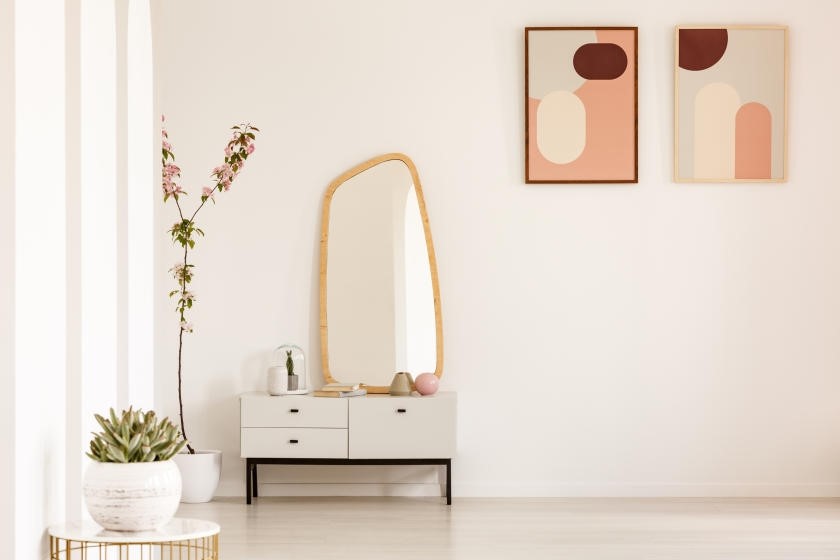
Developed from colours next to each other on the colour wheel, analogous home colour schemes offer more nuances while retaining the elegance of the monochromatic scheme. Usually, one colour is dominant while others are used to enrich the effect.
For a relaxing effect, select a colour scheme for your home composed of related colours: greens and blues or rose and peach are two examples. Keep the strength of the colours similar for a pleasing look.
Complementary
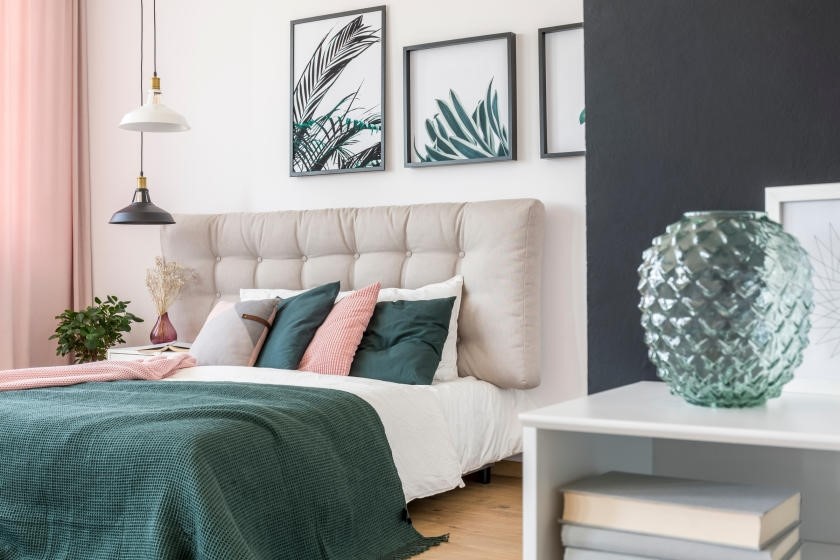
Complementary colours are opposite each other on the colour wheel. These types of home colour schemes add drama to any room. Complementary colours enhance the temperature of each other, which adds interest and energy to the décor. To get the most out of this scheme, use a warm colour against a cool shade or add contrasting accessories to highlight the colour of your walls.
Use colours that strongly contrast one another to create a stimulating, lively environment. You can select similar colours in their dark, vivid hues or select complementary colours.
HELPFUL TIP
Create an Accent Wall. Painting one wall with another colour works well with a complementary colour scheme because of the potential for contrasting colours. This creates a focal point in a room.
Dark vs. Light
The colour of walls and ceilings can dramatically change the atmosphere. Dark colours can make spaces feel small and cozy, while light colours can make rooms feel larger and more open. A room flooded with sunlight will wash out the wall colour; a room that lacks natural light can turn colours grey or muddy.
Hue is the name used to identify a colour, such as red. Intensity describes how saturated it is. Value refers to how light or dark it is. Most palettes use three values: light, medium and dark – and this can be an easy way to translate your palette to your room. A light colour is often used as background on walls and ceiling. Medium tones are popular for carpeting or large pieces of furniture. A dark floor will ground the space, while a light one can visually open up the room.
If your floor plan is open and rooms flow into one another, choose your main colour and paint the adjacent room a shade or two lighter or deeper. For example, if the living room connects to the dining room, different shades of the same colour will define each room as a separate space but keep them visually connected.
HELPFUL TIP
Try the 60/30/10 rule, used by designers. With this method, one colour (often a light neutral) is used on about 60% of the room’s surfaces, a secondary colour (usually a medium tone) is used on 30%, and the third colour (often bold or bright) is used as an accent on 10% of the furnishings. Here’s an example: floors, walls and a large sofa are pale grey (60%); a room-sized rug and two chairs are coral (30%); pillows and other accessories are bright blue (10%).
Step 4: Start Painting
Now that you've done your homework, it's time to pop open the paint and start. Remember you can't always just jump into painting. There's a bit of prep work to do first. You need to make sure the surfaces are ready to be painted and often you should consider priming the wall before applying paint
Good luck! You're now on your way toward rejuvenating your rooms with interior paint colour combinations that can transform your home and an overall home colour scheme that can tie it all together.
Project Shopping List
Here’s what you’ll need to complete this project successfully.
- Custom Mixed Colour Sample Quarts
- Quart Paints
- Paint Brush
- Masking tape
- Roller Sleeve
- Paint Tray



